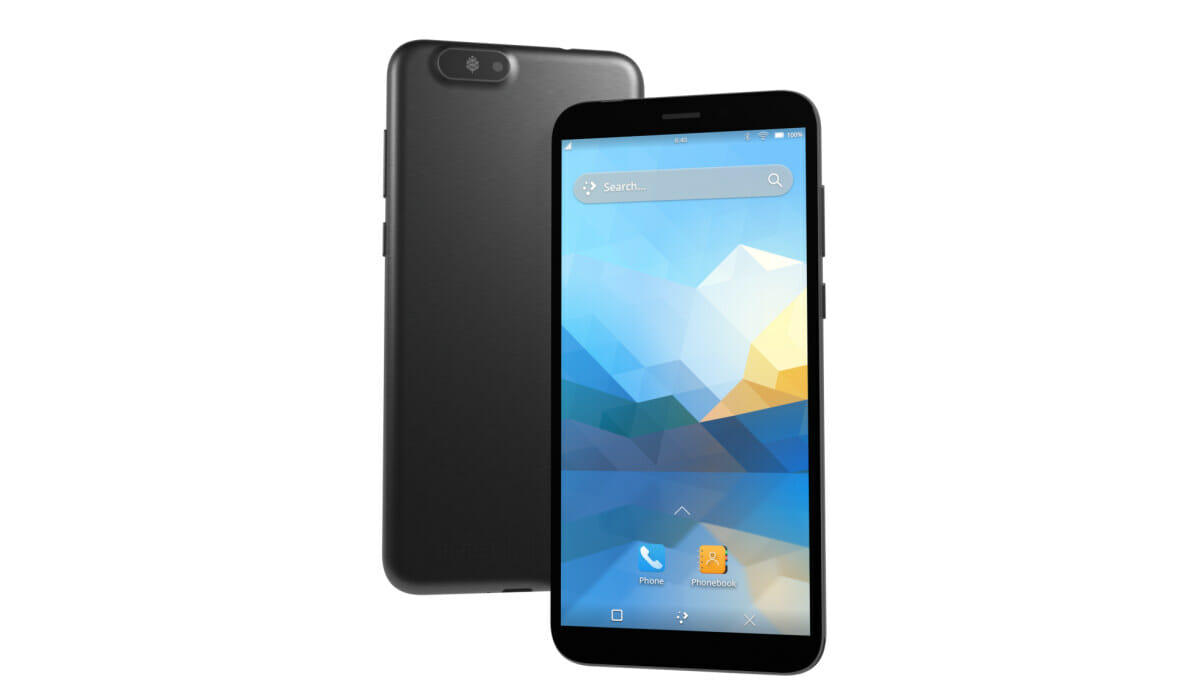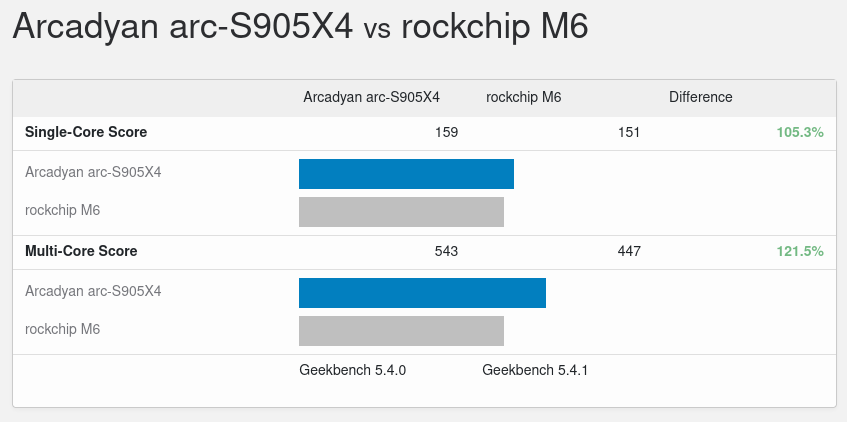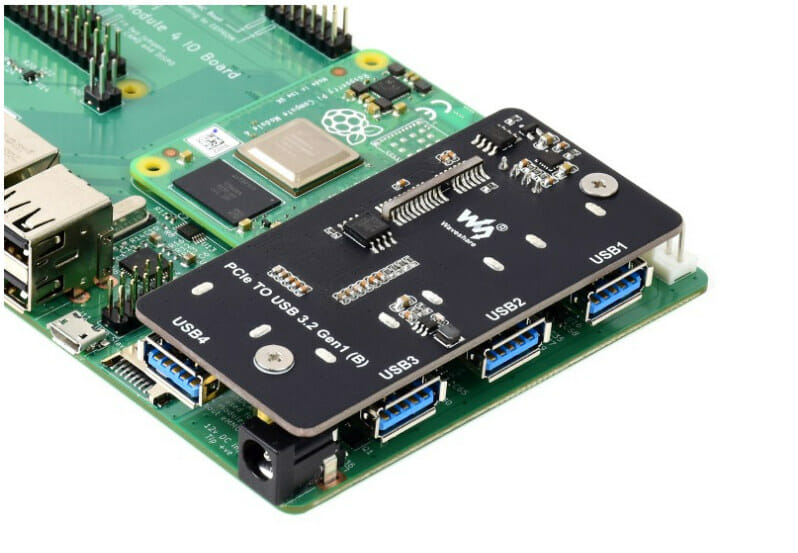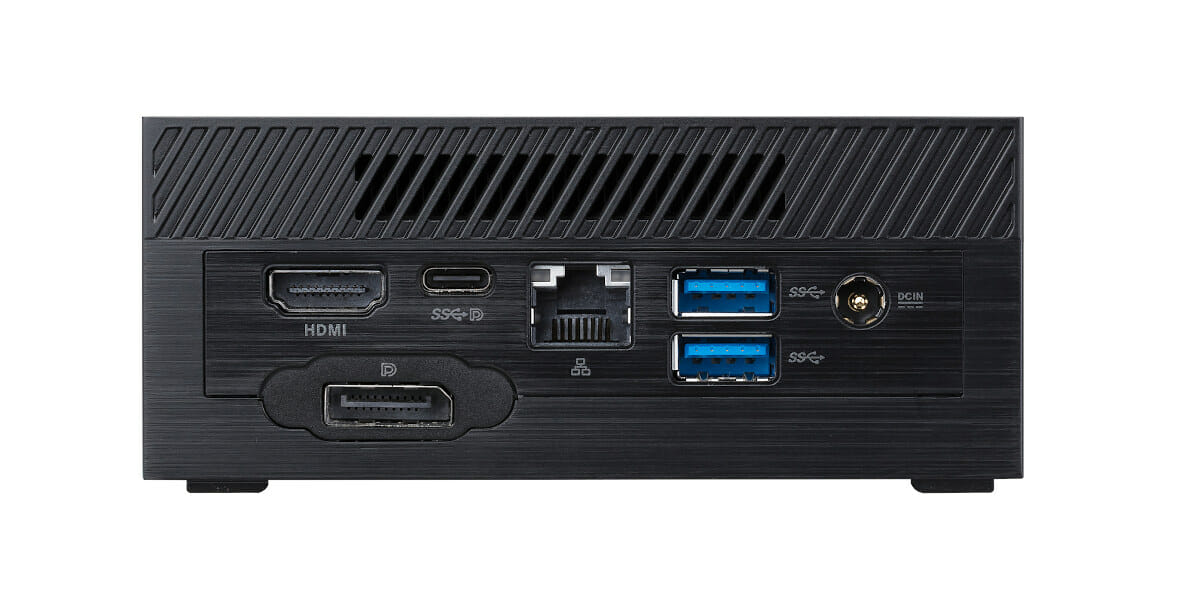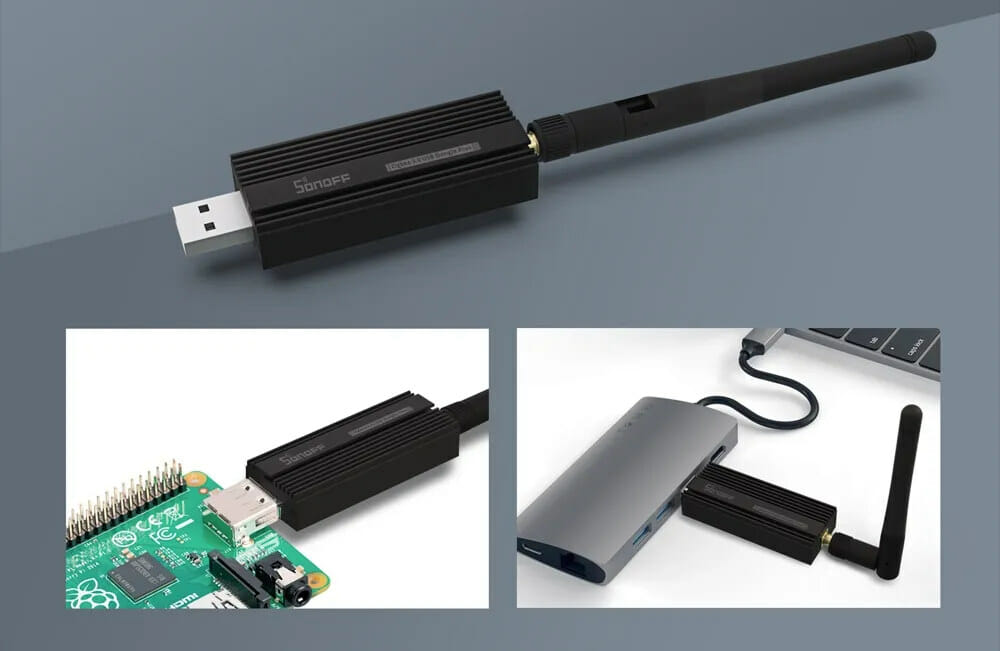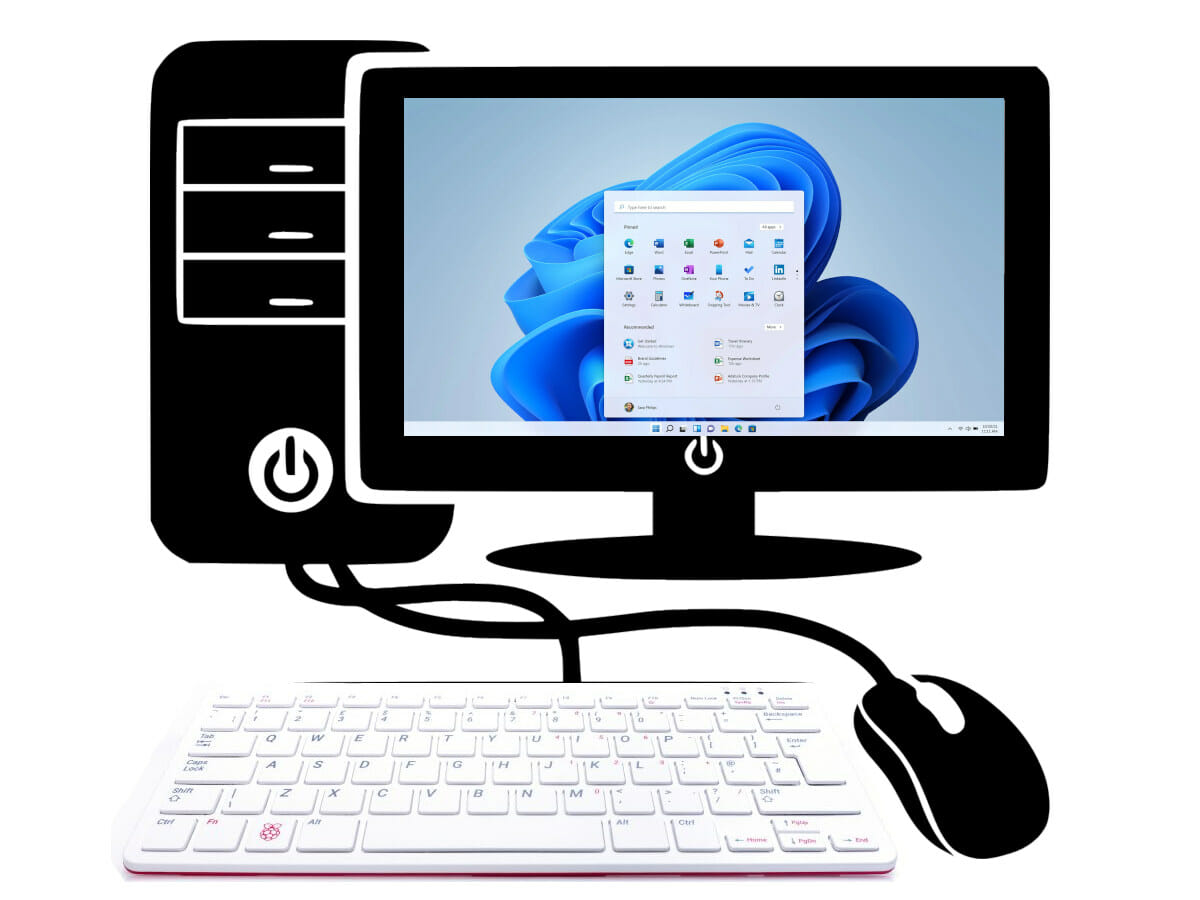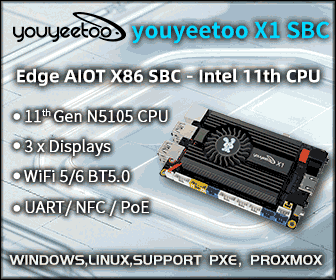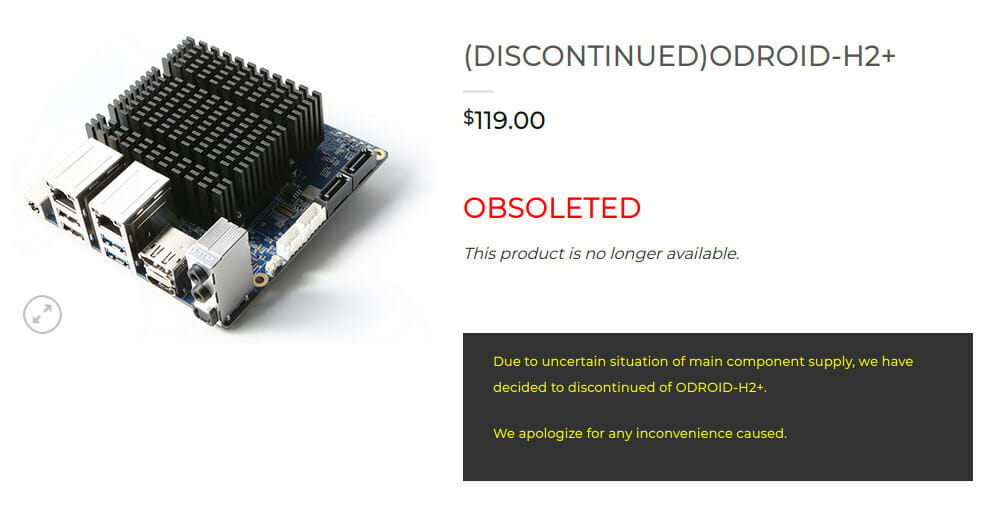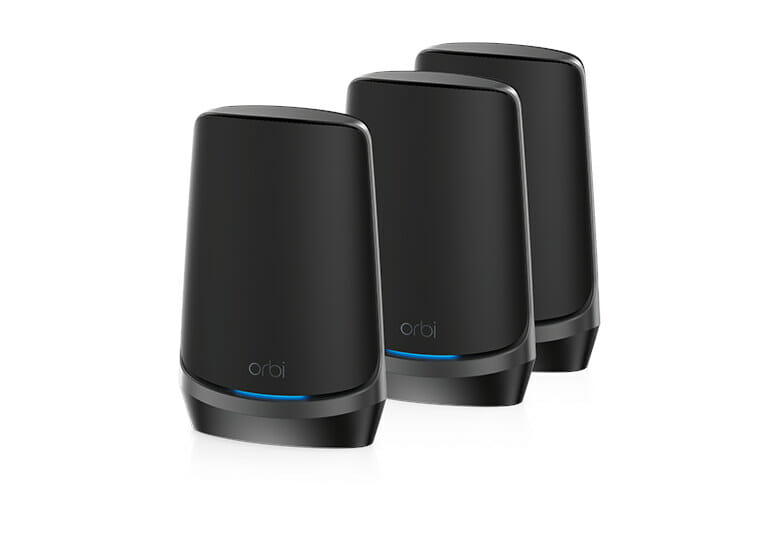Pine64 has now announced the PinePhone Pro Linux smartphone with a Rockchip RK3399S hexa-core processor clocked at 1.5 GHz, that’s a power-optimized version of the popular Rockchip RK3399 processor. It will provide a noticeable upgrade to the PinePhone Linux smartphones launched in November 2019, which, by today’s standards, is quite underpowered. Besides the faster processor, PinePhone Pro also comes with 4GB RAM and 128 GB storage which should make it a better candidate at mobile desktop convergence, as well as a 5.95-inch display with 1440×720 resolution, a 13MP rear camera, a 5MP front-facing camera, and more. PinePhone Pro specifications: SoC – Rockchip RK3399S with an hexa-core processor comprised of 2x Cortex-A72 core @ up to 1.5 GHz, 4x Cortex-A53 cores, Arm Mali T860 quad-core GPU @ 500Mhz System Memory – 4GB LPDDR4 @ 800MHz Storage – 128GB eMMC flash storage, MicroSD slot Display – 5.95-inch 1440 x 720 in-cell IPS with […]
Rockchip RK3566 Benchmarks in Android 11 (Zidoo M6)
I received Zidoo M6 last month, a mini PC based on Rockchip RK3566 quad-core Cortex-A55 processor. I initially understood it came with Ubuntu Linux, but actually, it came pre-loaded with Android 11, so I’ve decided to run some benchmarks on the RK3566 device to see how it performs compared to other Arm systems Zidoo M6 system info But before running benchmarks, let’s have a look at some system info with CPU-Z CPU-Z has never heard about RK3566, so it detects it as RK3066, but the rest of the information seems correct with a quad-core Cortex-A55 clocked between 400 MHz and 1.8 GHz, an Arm Mali-G52 GPU, 3775KB RAM, and 24.12 GB internal storage from the 32GB flash. The system runs Android 11 on top of Linux 4.19 which will be supported until December 2024. I can set the video output to 4K, but the UI is still limited to 1920×1080 […]
PCIe adapter adds four USB 3.2 ports to Raspberry Pi CM4 IO board
Waveshare has introduced a non-standard PCIe adapter that adds four USB 3.2 ports to the Raspberry Pi Compute Module 4 IO carrier board in a way that does not take too much height. It’s non-standard as it can not be inserted directly into a typical computer PCIe slot, and Waveshare recommends a PCIe extension cable to connect it to a motherboard. Having said that It looks much better on the IO board. Waveshare USB PCIe adapter features: PCIe host interface 4x USB 3.2 Gen1 ports, USB 3.0 / 2.0 / 1.1 compatible Onboard VIA Labs VL805 chip as found on Raspberry Pi 4 SBC Power supply – 12V via PCIe connector or 4-pin header Designed for Raspberry Pi Compute Module 4 IO Board Dimensions – 82×39 mm Since it’s basically using the same design as Raspberry Pi 4 providing USB ports through the same VL805 PCIe chip, there’s no […]
ASUS PN41 mini PC offers 2.5GbE networking for $169 and up
When I looked for an SBC or a mini PC with 2.5GbE networking following the discontinuance of ODROID-H2+ SBC, I focused on systems with dual 2.5GbE ports to closely match Hardkernel’s SBC specifications, and most of those systems were rather expensive. But if a single 2.5 GbE port is enough for your application, then there’s a good alternative to ODROID-H2+ with ASUS PN41 mini PC powered by a choice of Jasper Lake processors, and pricing starting at $169 on Amazon for a barebone model with an Intel Celeron N4500 dual-core processor. ASUS PN41 mini PC specifications: Jasper Lake N-Series SoC (one or the other) Pentium Silver N6005 quad-core processor @ 2.0GHz / 3.3GHz (Turbo) with Intel UHD graphics; 10W TDP Celeron N5105 quad-core processor @ 2.0GHz / 2.9GHz with Intel UHD graphics; 10W TDP Celeron N4505 dual-core processor @ 2.0GHz / 2.9GHz with Intel UHD graphics; 10W TDP Pentium Silver […]
$9.90 SONOFF Zigbee 3.0 USB Dongle Plus works with Home Assistant
ITEAD has launched a new Zigbee dongle with the Sonoff Zigbee 3.0 USB Dongle Plus powered by Texas Instruments CC2652P wireless MCU which follows the company’s Zigbee 3.0 USB Dongle based on Silicon Labs EFT32MG21 Cortex-M4 microcontroller. The dongle is pre-flashed with Z-Stack 3.x.0 coordinator firmware which enables ZHA in Home Assistant or Zigbee2MQTT compatibility. Sonoff Zigbee 3.0 USB Dongle Plus (ZBDongle-P) specifications: Wireless MCU – Texas Instruments CC2652P SimpleLink Arm Cortex-M4F multiprotocol 2.4 GHz wireless MCU with integrated power amplifier for Bluetooth 5.2 Low Energy, Thread, Zigbee 3.0 Connectivity – Zigbee 3.0 with SMA antenna connector, +20 dBm output gain Host interface – USB port with CP2102N USB to TTL chip Expansion – 5-pin IO header with programming pins Misc – Boot and reset buttons, LED, DIP switch for hardware flow control Power Supply – 5V/100mA via USB port, LDO Dimensions – 87 x 25.5 x 13.5 mm (Aluminum […]
Using Raspberry Pi 400 keyboard PC as a USB keyboard for your PC
Let’s try not to get confused, but you can now use Raspberry Pi 400 keyboard PC as a standard USB keyboard, optionally with a mouse attached to it, for your computer, or twisted minds may even connect it to a Raspberry Pi SBC… “But why?” you may ask. Because we can. That’s now possible thanks to work from Phil Howard (Gadgetoid), software lead of Pimoroni, and his Pi400kb project which implements a raw HID keyboard forwarder that turns the Raspberry Pi 400 into a standard USB keyboard. All you need to do is to find a USB-C to USB-A cable to connect the Raspberry Pi 400 to one of the USB ports on your computer, change some Raspberry Pi OS configuration, and install and run pi400kb. Add dtoverlay=dwc2 to /boot/config.txt in order to use the dwc2 USB device/gadget mode, and reboot your Pi 400 Load the libcomposite kernel module, get […]
ODROID-H2+ SBC discontinued due to supply shortage
Hardkernel has just discontinued ODROID-H2+ single board computer based on the Intel Celeron J4115 Gemini Lake Refresh processor, which followed ODROID-H2 SBC itself being discontinued shortly after Intel decided to phase out Intel J4105 and other Gemini Lake processors. The reason given is the “uncertain situation of main component supply”, which could mean Celeron J4115 processor is hard to get (or expensive), or the Realtek RTL8125B chipset provides 2.5GbE networking. That means Hardkernel does not offer any x86 SBC at this time. That’s a shame before ODROID-H2+ was a well-supported SBC running Linux or Windows, and great value for money at $119, especially for people interested in the two 2.5 Gbps Ethernet ports found on the board (and upgradeable to six), not to mention support for SO-DIMM memory and M.2 NVMe SSD. Update: There were multiple components with very long lead times that must have contributed to the situation as […]
NETGEAR RBKE963 Orbi quad-band WiFi 6E mesh system delivers up to 10.8Gbps speed
NETGEAR RBKE963 Orbi quad-band WiFi 6E mesh system delivers wireless connectivity through the home with one router and two satellites with a maximum wireless link of 10.8 Gbps. one 10GbE WAN port for Internet connectivity, and several 2.5GbE and Gigabit Ethernet LAN ports. Powered by a quad-core 2.2GHz processor, the mesh system supports 2.4 GHz, 5.2 GHz, 5.8 GHz, and the new 6 GHz band offered by WiFI 6E, covers an area of up to around 840 square meters, and supports up to 200+ clients. NETGEAR RBKE963’s router and satellites share most of the same specifications: SoC – Unnamed quad-core processor @ 2.2 GHz (likely Qualcomm Networking Pro 1610 Platform) Memory & Storage RBRE960 router – 1 GB RAM, 512MB NAND flash RBSE960 satellites – TBD WiFi connectivity Radio 1: IEEE 802.11b/g/n/ax 2.4GHz with 1024-QAM support up to 1200 Mbps Radio 2: IEEE ® 802.11a/n/ac/ax 5GHz with 1024-QAM support up […]

